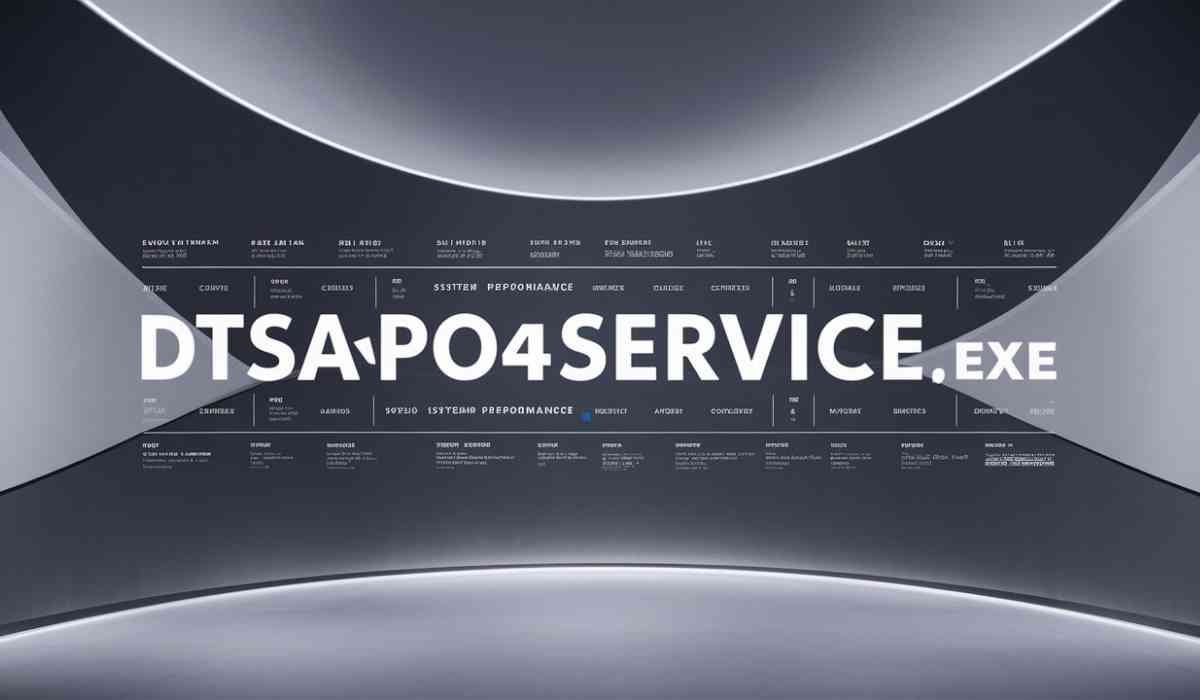In the expanding landscape of motor control technology, single phase to three phase VFD (Variable Frequency Drive) systems have emerged as crucial solutions for applications requiring precise motor control with single-phase power supply constraints. These specialized drives address the unique challenges of controlling AC motors in residential, commercial, and light industrial environments where three-phase power is unavailable or impractical, offering sophisticated control capabilities previously limited to larger industrial installations.
Understanding Single Phase to Three Phase VFD Technology
A single phase to three phase VFD is a power electronic device designed to control the speed and torque of AC motors using single-phase input power while typically producing three-phase output to drive standard induction motors. This technology bridges the gap between simple single-phase motor applications and the advanced control capabilities traditionally associated with three-phase industrial systems.
The fundamental challenge in single phase to 3 phase VFD design lies in creating balanced three-phase output from an inherently unbalanced single-phase input. This conversion requires sophisticated power electronic circuits that generate the missing phases through complex switching algorithms and energy storage techniques. The process involves converting the single-phase AC input to DC through rectification, then recreating three-phase AC output using advanced pulse-width modulation (PWM) techniques.
GoHz single phase to three phase VFDs employ intelligent control algorithms that compensate for the power pulsations inherent in single-phase systems. These drives maintain smooth motor operation despite the twice-per-cycle power variations present in single-phase supply systems, ensuring consistent torque delivery and minimizing mechanical vibrations that could affect sensitive applications.
The control sophistication required for effective single-phase to three-phase conversion has driven innovation in semiconductor technology, digital signal processing, and power management techniques, resulting in compact, efficient drives suitable for a wide range of applications.
Circuit Architecture and Design Principles
The architecture of single phase to three phase VFD systems incorporates several specialized components designed to handle the unique challenges of single-phase operation. The input rectifier section typically uses a full-bridge configuration with power factor correction capabilities to maximize power utilization and minimize harmonic distortion. This design is crucial for maintaining compatibility with utility power quality standards and preventing interference with other connected equipment.
The DC bus section requires larger capacitance compared to three-phase systems to smooth the twice-per-cycle power pulsations characteristic of single-phase supplies. This energy storage capability is essential for maintaining stable DC voltage and providing instantaneous power during peak demand periods. Advanced designs incorporate active power factor correction circuits that improve input power quality while reducing the required capacitor size.
The inverter section of a 1 phase to 3 phase VFD generates the three-phase output using sophisticated switching patterns that create balanced voltages and currents. Modern implementations utilize space vector modulation techniques that optimize switching patterns for minimal harmonic distortion and maximum efficiency. The control algorithms must carefully manage the phase relationships to ensure proper motor magnetization and torque production.
Protection circuits in single-phase systems must account for the unique failure modes associated with single-phase operation, including input phase loss detection, DC bus voltage monitoring, and thermal protection for the increased component stresses inherent in single-phase designs.
Applications and Market Segments
Single phase to three phase VFD technology serves diverse applications across residential, commercial, and light industrial sectors. In residential applications, these drives control pool pumps, well pumps, and HVAC equipment, providing energy savings and improved comfort control. The ability to operate from standard household electrical service makes single phase to 3 phase VFDs ideal for retrofit applications where upgrading to three-phase power would be cost-prohibitive.
Commercial applications include small compressors, fans, conveyor systems, and specialized equipment in retail and office environments. Restaurant equipment such as mixers, blenders, and refrigeration compressors benefit from the precise speed control and energy efficiency provided by single phase to three phase VFD systems. Medical and dental equipment represents another growing market segment, where quiet operation and precise control are paramount.
Light industrial applications encompass small manufacturing equipment, workshop tools, and specialty machinery where three-phase power is unavailable. Woodworking equipment, small lathes, mills, and packaging machinery increasingly utilize single phase to three phase VFD technology to provide industrial-grade control capabilities in smaller facilities.
Agricultural applications represent a significant market for single phase to three phase VFD systems, with irrigation pumps, grain handling equipment, and ventilation fans benefiting from variable speed control. The ability to optimize equipment operation based on environmental conditions and crop requirements provides both energy savings and improved agricultural outcomes.
Performance Characteristics and Limitations
Single phase to three phase VFD systems exhibit unique performance characteristics that differ from their three-phase counterparts. Power ratings typically range from 1/2 horsepower to approximately 10 HP, though some specialized units can handle larger loads. The inherent power limitations stem from the current-carrying capacity of single-phase electrical service and the thermal constraints of managing twice-per-cycle power pulsations.
Efficiency levels in modern single phase to three phase VFD systems typically range from 85% to 92%, slightly lower than comparable three-phase units due to the additional complexity required for phase conversion and power pulsation management. However, these efficiency levels still represent significant improvements over alternative control methods such as mechanical throttling or phase-cut controllers.
Starting torque capabilities may be somewhat reduced compared to three-phase systems, particularly at very low frequencies. This limitation affects applications requiring high breakaway torque, though most typical applications operate well within the available torque range. Advanced control algorithms in premium 1 phase to 3 phase VFD units can overcome many of these limitations through intelligent torque boosting and slip compensation techniques.
Input power factor varies with load and operating conditions, typically ranging from 0.85 to 0.95 in well-designed units with power factor correction. This characteristic is important for utility interaction and may affect electricity costs in commercial applications with demand charges based on power factor.
Installation and Configuration Guidelines
Proper installation of single phase to three phase VFD systems requires attention to electrical, mechanical, and environmental factors specific to single-phase operation. Input wiring must be sized appropriately for the higher currents typical in single-phase systems, and proper grounding techniques are essential for safety and electromagnetic compatibility. The installation location should provide adequate ventilation, as single-phase drives may generate more heat per unit output than three-phase equivalents.
Motor compatibility represents a critical consideration, as standard three-phase motors can typically operate with single to three phase VFD systems, though some performance compromises may occur. Motor heating at low speeds requires particular attention, as the reduced cooling airflow from integral fans may necessitate auxiliary cooling or motor derating. Some applications benefit from motors specifically designed for VFD operation, which provide better performance across the full speed range.
Configuration parameters must account for the unique characteristics of single-phase operation, including proper motor parameters, acceleration and deceleration ramps, and protection settings. Many single phase to three phase VFD units include auto-tuning capabilities that automatically determine optimal motor parameters, simplifying commissioning and ensuring proper operation.
Environmental considerations include protection from moisture, dust, and temperature extremes. Single-phase drives are often installed in less controlled environments than industrial three-phase systems, requiring appropriate enclosure ratings and environmental protection measures.
Economic Considerations and Return on Investment
The economic justification for single phase to three phase VFD installations typically focuses on energy savings, improved process control, and reduced maintenance costs. Energy savings vary significantly with application type and operating patterns, but reductions of 20-40% are common in variable-torque applications such as pumps and fans. Fixed-torque applications may show smaller energy savings but still benefit from improved control and reduced mechanical stress.
Installation costs for single phase to three phase VFD systems are generally lower than three-phase alternatives when considering the total system cost, including electrical service requirements. The ability to utilize existing single-phase electrical service eliminates the need for service upgrades or additional electrical infrastructure, making VFDs accessible for smaller facilities and residential applications.
Maintenance cost reductions result from soft-starting capabilities that reduce mechanical stress on motors, pumps, and driven equipment. The elimination of mechanical starters, contactors, and throttling devices further reduces maintenance requirements and improves system reliability.
Payback periods for single to three phase VFD installations typically range from 1-3 years, depending on energy costs, operating hours, and application characteristics. Government incentives and utility rebate programs may further improve the economic attractiveness of these systems.
Technological Advances and Future Trends
The evolution of single phase to three phase VFD technology continues with improvements in semiconductor devices, control algorithms, and integration capabilities. Wide bandgap semiconductors such as silicon carbide (SiC) and gallium nitride (GaN) promise higher efficiency, reduced size, and improved thermal performance. These advanced semiconductors enable higher switching frequencies and power densities while reducing cooling requirements.
Digital control systems are becoming more sophisticated, incorporating adaptive algorithms that optimize performance based on real-time operating conditions. Machine learning and artificial intelligence techniques are beginning to appear in premium single phase to three phase variable frequency drive systems, providing predictive maintenance capabilities and automatic optimization of control parameters.
Connectivity features are expanding rapidly, with wireless communication, cloud connectivity, and smartphone app integration becoming standard features. These capabilities enable remote monitoring, diagnostics, and control, making single phase to three phase VFD systems more attractive for distributed applications and retrofit installations.
Energy storage integration represents an emerging trend, with some single phase to three phase VFD systems incorporating battery backup or regenerative braking capabilities. This development is particularly relevant for applications with intermittent operation or those requiring uninterrupted service during power outages.
Conclusion
Single phase to three phase VFD technology has matured into a reliable, cost-effective solution for motor control applications where three-phase power is unavailable or impractical. These systems successfully address the unique challenges of single-phase operation while providing sophisticated control capabilities previously limited to larger industrial installations. As technology continues to advance and costs decrease, GoHz single phase to three phase VFD systems are becoming increasingly attractive for a broader range of applications. The combination of energy savings, improved process control, and enhanced equipment protection makes these drives valuable investments for residential, commercial, and light industrial users seeking to optimize their motor-driven systems. Understanding the capabilities, limitations, and proper application of single phase VFD technology is essential for engineers, contractors, and facility managers working in environments where advanced motor control must be achieved with single-phase power constraints.









